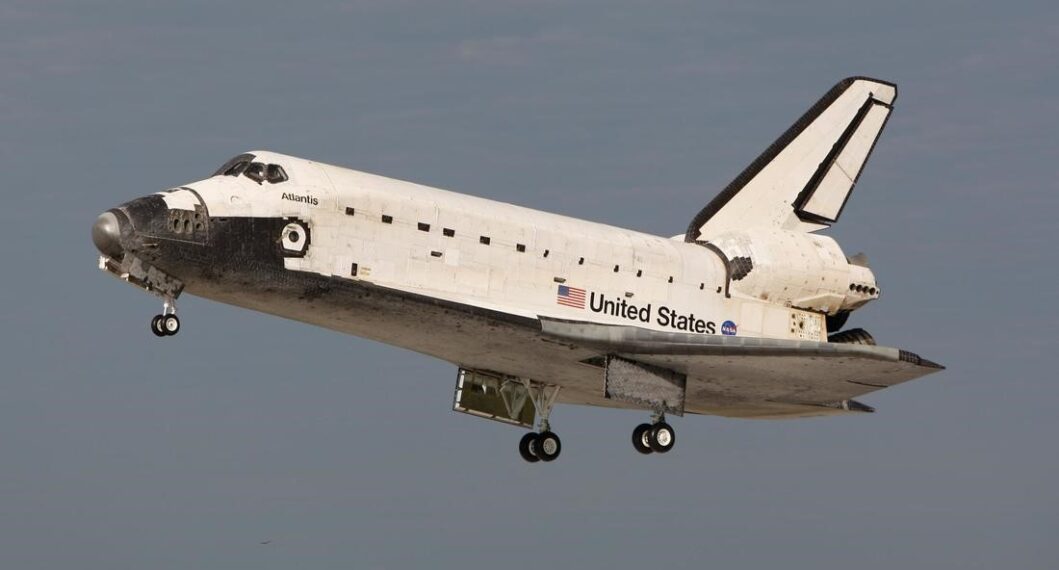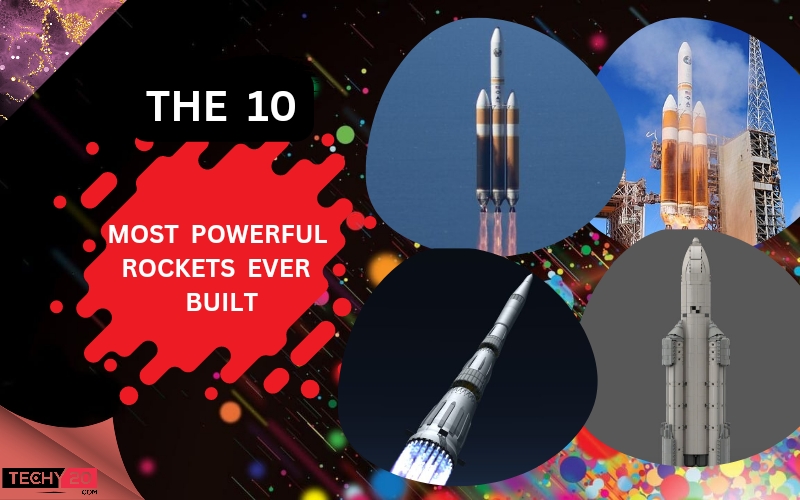1. Starship – 330,000-pound Payload
SpaceX has had one primary objective since its inception: colonizing Mars. The spaceflight business, established in 2002, quickly advanced in that direction. With its initial launch in 2018, Falcon Heavy grabbed headlines for its capability to return astronauts to the Moon. However, SpaceX soon shifted its focus to the bigger goal of a bigger vehicle. In addition to visiting the Moon, SpaceX also desired to visit Mars. Elon’s spaceflight business also unveiled Starship, an enormously powerful rocket, on the same day that NASA unveiled the Artemis Project, which has plans to construct outposts on the Moon and elsewhere.
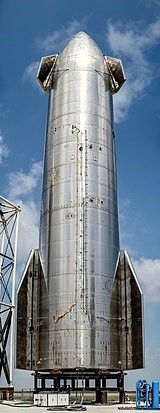
2. Saturn V – 310,000-pound Payload
It was the giant and most powerful rocket ever built when it was built. No launch vehicle in history has achieved feats comparable to those of the Saturn V. The rocket was a scientific marvel; it was bigger and more powerful than anything ever made when it was designed in 1969. Moreover, even after its retirement in 1973, the design could only come close to matching it for almost 50 years. The Saturn V was built with the dimensions necessary to launch people to the Moon. The launch vehicle weighed around 6.5 million pounds and stood 363 feet tall. Its payload capability, which is 310,000 pounds, is the most amazing; no other rocket has been able to launch a considerable payload. Only until SpaceX completes Starship, its largest project to date, even the SLS will have the power of the Saturn V.
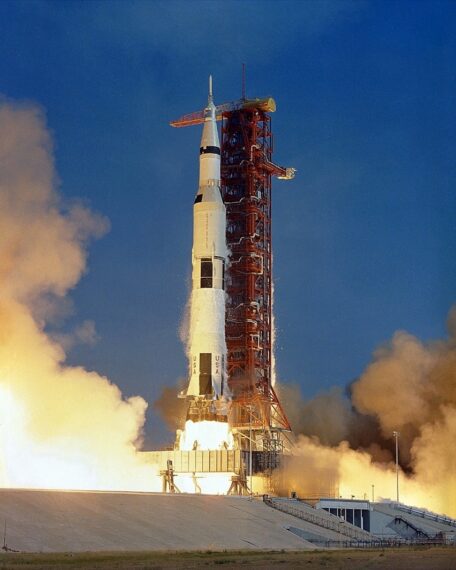
3. Long March 9 – 310,000 Lbs Payload
The Long March 9 is the newest model of the Chinese rocket of the Long March family. Even though the rocket is still in construction, we have noticed several intriguing changes in American rockets. The Long March 9 has a single-core booster with enormous, 120-ton engines rather than using external boosters. The Chinese super-heavy launch vehicle will weigh over nine million pounds and stand 364 feet tall. A payload capacity of 310,000 pounds is anticipated. As early as 2028, test launches for the Long March 9 are planned.
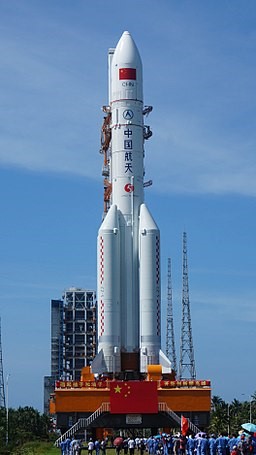
4. SLS (Space Launch System) – 300,000 Lbs Payload
The rocket is made to transport astronauts to the Moon so that they can establish a lunar outpost. NASA unveiled the Artemis Program when human-crewed space flights became more viable due to the Falcon Heavy’s success. The program’s goal was to return humanity to outer space. In order to do that, NASA would need to have a new rocket constructed. The Space Launch System was unveiled due to a collaboration between well-known American defense corporations. This massive launch vehicle is 365 feet tall. With an upper echelon payload of around 300,000 pounds, it can lift nearly 210,000 pounds to lower earth orbit. The rocket is made to transport astronauts to the Moon so that they can establish a lunar outpost. The fact that this enormous rocket is disposable and has a high per-launch cost raises questions about how long it will be used in the sector.
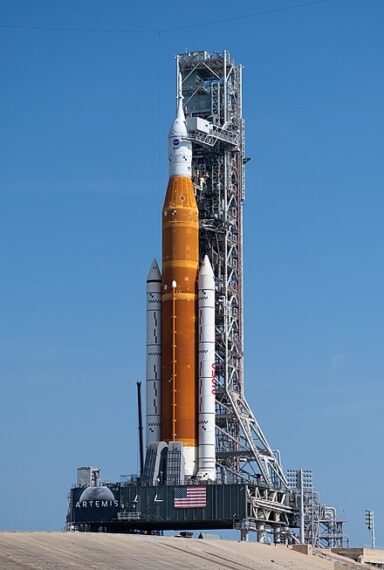
5. Yenisei – 290,000 Lbs Payload
Russia has not participated in space flight for 25 years, but the nation declared its return in 2018. As SpaceX was getting ready for its first Falcon Heavy test flight, Energia’s legacy contractor unveiled Yenisei, its most recent endeavor. It will be Russia’s first super-heavy launch vehicle since the dissolution of the USSR, albeit still in development. We know the Yenisei will be about 6.8 million pounds and have a 100-ton cargo capacity. The Russian launch vehicle is prepared for manufacturing, and a test launch is scheduled for 2028. The Russian launch vehicle is prepared for manufacturing, and a test launch is scheduled for 2028.
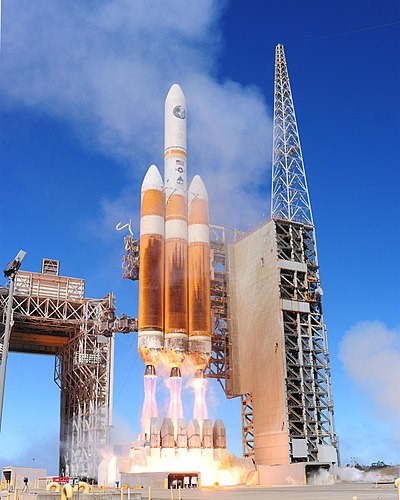
6. Energia- 220,000 Lbs Payload
The Soviet Union’s aspirations to dominate the space race did not end with the cancellation of the N1s. The USSR developed its spacecraft due to the US Space Shuttle’s phenomenal success. However, the Soviet Union lacked the super-heavy launch vehicle that the Buran spacecraft required. So, the Energia was constructed for its initial test flight in 1987. The Energia was far smaller than its US rival, measuring only 192 feet high. The Soviet rocket had a midsize core stage and four Zenit boosters instead of using a tall central booster and two strap-on boosters. The Soviet Union now possessed a rocket that could lift large payloads. Sadly, financing dried up after the nation’s breakup, and the Energia rocket was retired.
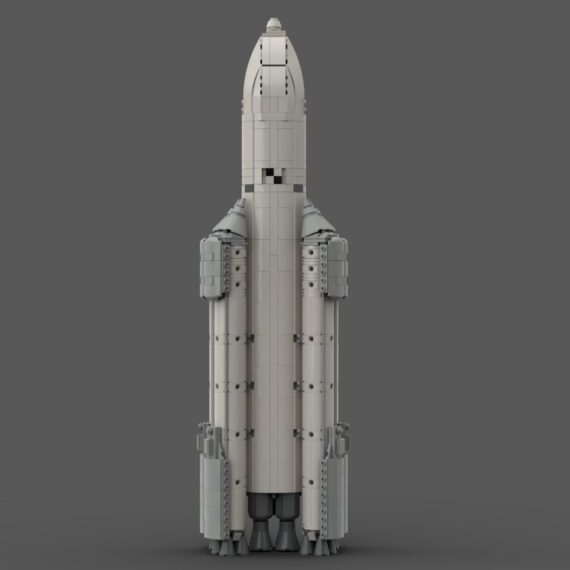
7. Soviet N1 – 210,000 Lbs Payload
John F. Kennedy informed the public in 1962 that the United States would be the first nation to put a man on the Moon. The Soviet Union accepted the challenge at the height of the Cold War. The USSR was developing its rocket as the US worked hard designing one of the most potent ever made. The Soviet regime was beginning to lose steam at this point, but by the time the N1, a poorly funded rocket, was prepared for its first launch in 1969, it was clear that the United States would prevail. The Soviet rocket was enormously unstable despite its 345-foot height and heavy build. The project was put on hold and subsequently abandoned in 1976 after four unsuccessful launch attempts, one of which involved a significant crash just after liftoff.
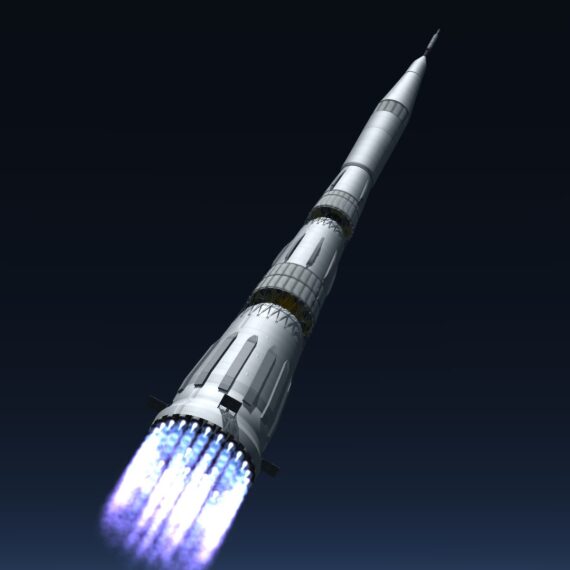
8. Falcon Heavy – 141,000 Lbs Payload
One of the most extraordinary developments in spaceflight history is a significant factor in the retirement of Delta IV Heavy. The Falcon Heavy dimensions from SpaceX are almost identical to the heavy launch vehicle from ULA, but it has twice the capacity and costs half as much to launch. Elon Musk launched this rocket for the first time in 2018 using modified Falcon 9 components. The Falcon Heavy is 3.1 million pounds and roughly 230 feet tall. The rocket can lift cargo to 141,000 pounds, but it is also intended to transport people into deep space. After the rocket’s resounding success with its initial launch, SpaceX intended to use it to return astronauts to the Moon. The business, however, made a change and shifted its attention to a far more enormous undertaking (keep reading to find out what that project is).
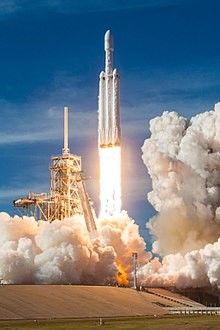
9. Delta IV Heavy – 63,000 Lbs Payload
The Delta IV rocket is the second-most potent one currently in use. The United Launch Alliance (ULA) constructed the Delta IV Heavy in 2004 to carry on the heritage of the giant rocket ever built in the United States after it was retired. The rocket was not quite massive, but it was simpler to launch and could carry enormous payloads. The Delta IV is currently the second-most powerful rocket that is still in use. The massive rocket is 236 feet tall and 1.6 million pounds in weight. It is powered by two side boosters and a standard booster core, with a 63,000-pound LEO payload capacity. The CIA’s Orion espionage satellites require the Delta IV to be launched. In 2024, the ULA intends to decommission the rocket.
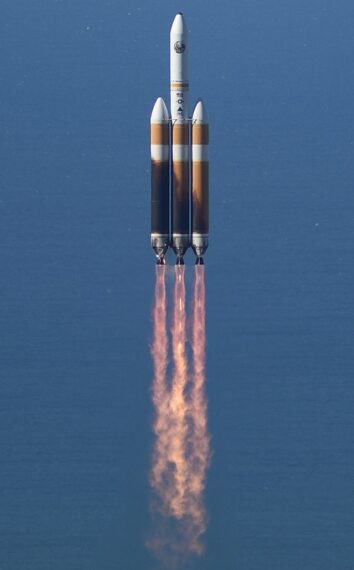
10. Space Shuttle – 60,600 Lbs Payload
One of the most successful relaunches in history involved one of the most powerful rockets ever created. In order to transport people and supplies to lower earth orbit and the International Space Station, the United Launch Alliance, a joint venture between Lockheed Martin and Boeing, created the Space Shuttle launch system in 1981. The Space Shuttle launched 135 missions during its existence. The Space Shuttle had to lift the weight of a vast “space bus” into orbit. The rocket measured over 4.5 million pounds and was 184 feet tall. The Space Shuttle could launch two solid rocket boosters and one of the most significant external tanks, totaling 60,600 pounds, into low-Earth orbit (LEO). Nevertheless, the program was discontinued in 2011 following two fatal mishaps that claimed the lives of 14 American astronauts.
